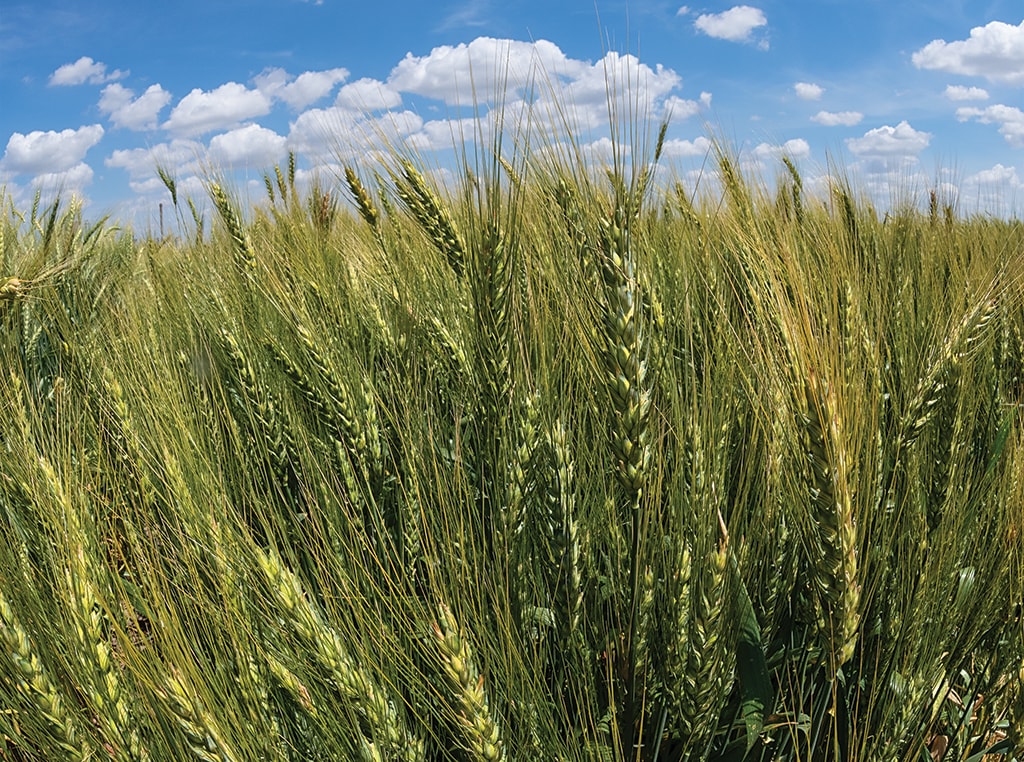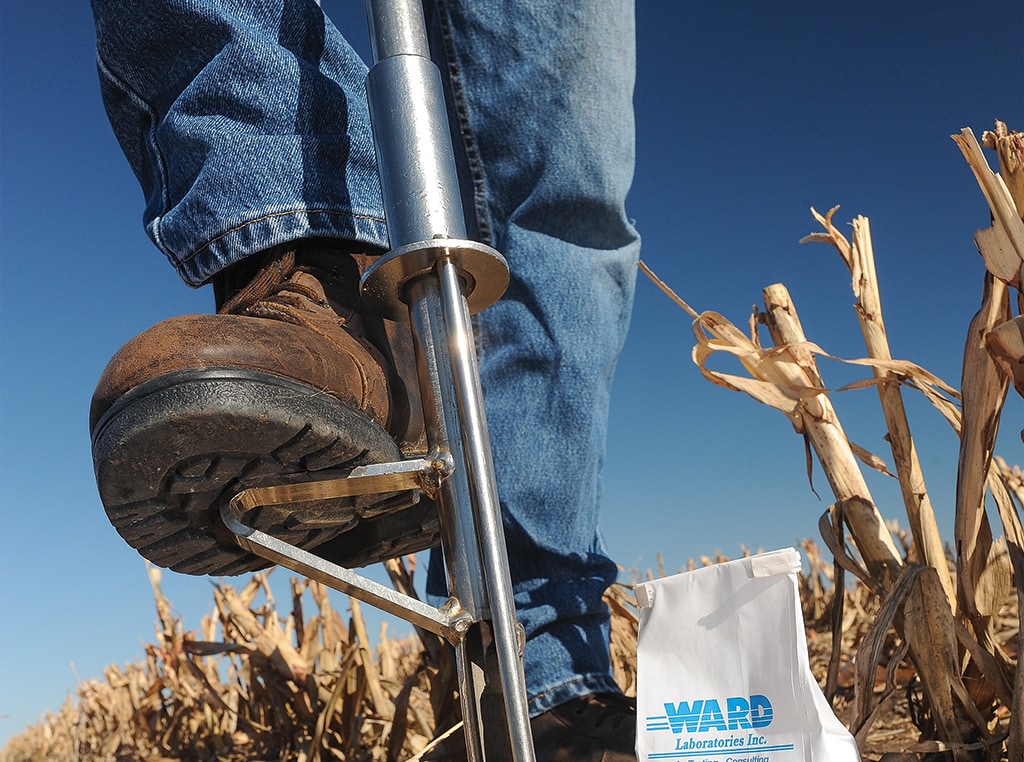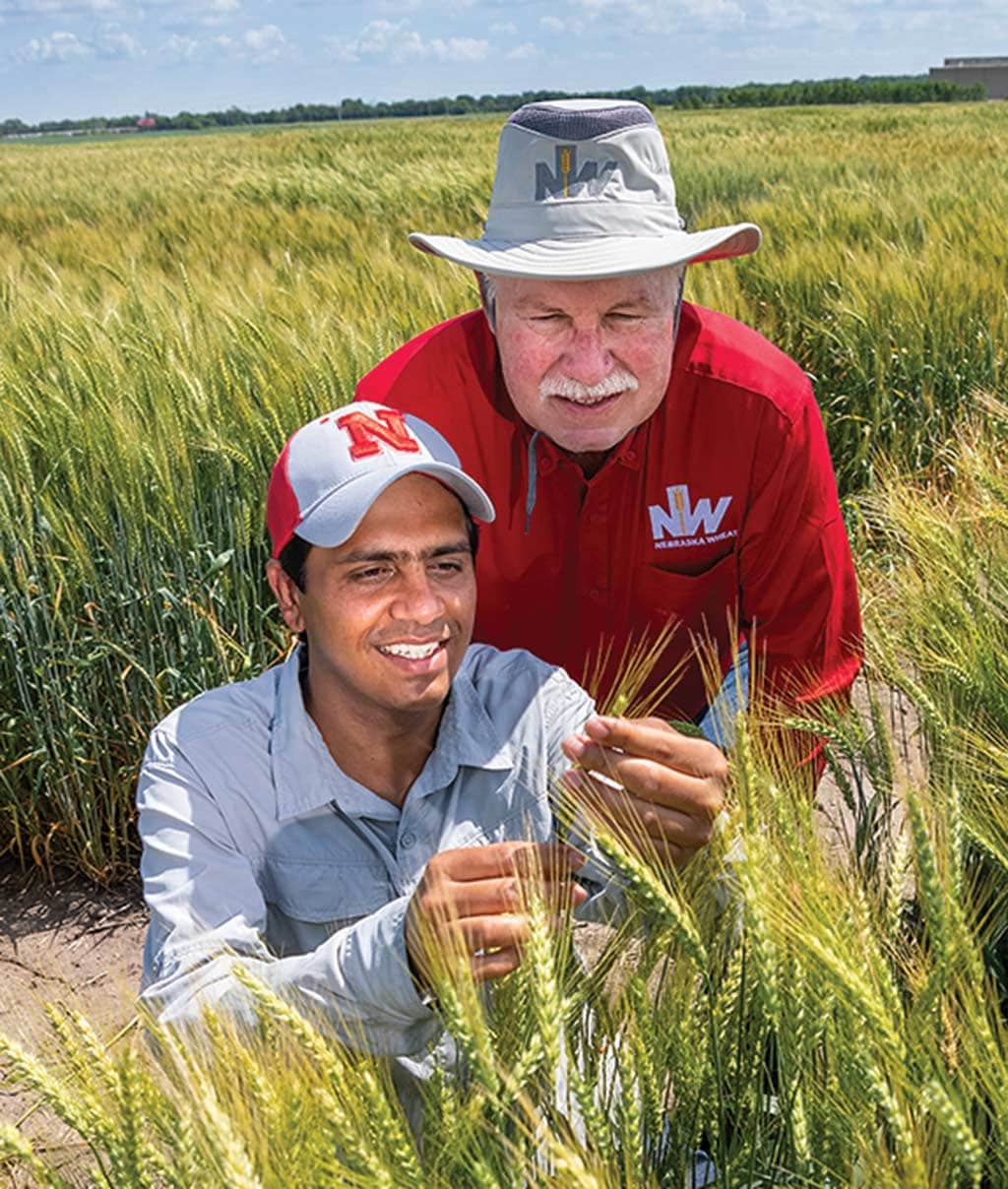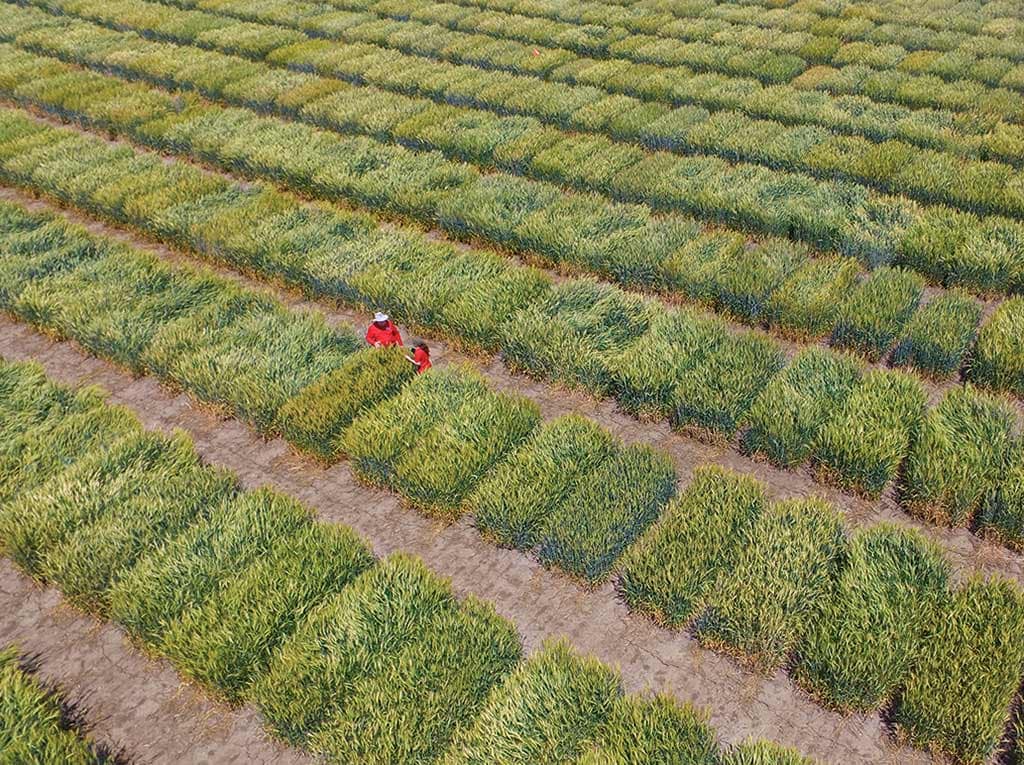Agriculture, Education November 01, 2021
Heads Up for Hybrid Wheat
After decades of trying, hybrid wheat is again on the horizon.
‘If at first you don’t succeed, then try and try again,’ is a fitting proverb for hybrid wheat. Since the 1960s, efforts to make this technology a viable option for wheat producers have repeatedly failed. In proverbial fashion, that effort is now underway again.
Last spring, Syngenta released four wheat hybrids in Europe under the X-Terra name and vowed to continue developing hybrids for the U.S. market. One month later, BASF announced their new wheat hybrids—on track for release by the middle of this decade—would be sold in North America under the name Ideltis. Meanwhile, Bayer—forced to sell its hybrid wheat operations by federal regulators in 2018—announced they were back in the business, initially in Europe.
“Most major players in the seed business are hedging their bets in hybrid wheat,” says Stephen Baenziger, former wheat breeder at the University of Nebraska, who spent more than a decade developing tools to foster hybrid wheat development in the U.S.
Hybrid wheat’s history is marked with optimistic product introductions followed by awkward market withdrawals. “Previous efforts failed because the yield increase from hybridization (heterosis) couldn’t stay far enough ahead of improving pureline varieties to justify the higher seed costs,” says Baenziger.
Now, things may be different. New breeding technology promises to lower the price of hybrid seed, commodity wheat prices are higher, the list of advantages hybrids provide has grown and humanitarian needs loom larger.
Above. Former Nebraska wheat breeder Stephen Baenziger works with research associate Vikas Belamkar studying the performance of hybrid wheats grown in plots next to pureline varieties on a research farm near Lincoln, Nebraska.
“We’re seeing a 10 to 15% per acre advantage to hybrids we’re testing over the top pureline varieties,” says Baenziger. “If the hybrids being introduced can maintain that lead there will be a tremendous volume of seed sold, and that’s what companies are banking on today.”
New market. Because wheat growers would need to buy new hybrid seed every year—rather than the current practice of saving seed—the potential market looms large. “Wheat acreage and the wheat seed market are out of synch—acreage is huge but there’s little demand for seed. We think that’s an opportunity,” according to Bill Berzonsky, BASF’s hybrid winter wheat breeder. Berzonsky shared some of BASF’s strategy at a the recent Oklahoma Winter Crops School. “We want to provide farmers a package of production practices with hybrid wheat. There’s a large amount of crop protection business related to high-yielding hybrid wheat,” he said.
Yield is not the only advantage to hybrid wheat. “It’s more resilient under stressful conditions than pureline varieties. I often think that for risk management alone, we should be growing hybrid wheat,” says Baenziger.
“Yield stability under stress is important in the face of climate change,” adds Berzonsky. “Though the impact of global warming has been slight in the U.S., yields in Russia have fallen 15% and globally by 7%.”
Wheat is the world’s primary food crop, and yields will need to increase at an annual rate of 2.4% to fill the need by 2050. Since hybrid corn was popularized in the 1940s, the national average corn yield has increased 475% while the average wheat yield is up 231%. Since 1980 the corn yield is up 97% while wheat is up only 51%.
“One reason for this record is that corn is largely a hybridized crop that exhibits substantial heterosis. Hybrid wheat has similar potential,” says Baenziger. ‡
Read More

AGRICULTURE, EDUCATION
Heads Up For Hybrid Wheat
After decades of trying, hybrid wheat is again on the horizon.

AGRICULTURE, EDUCATION
Pinpoint Soil PH
Shallow sampling reveals no-till concerns.


